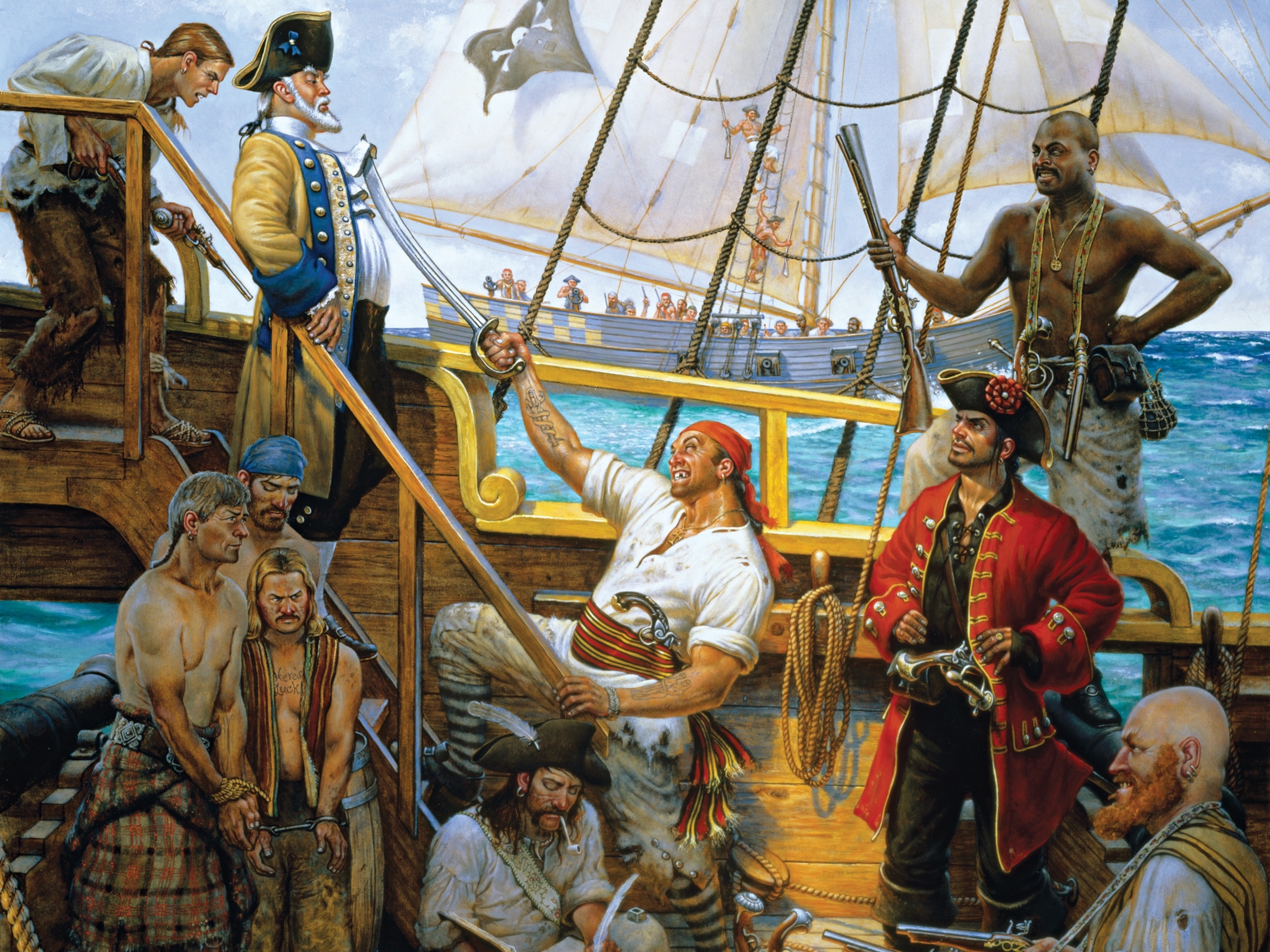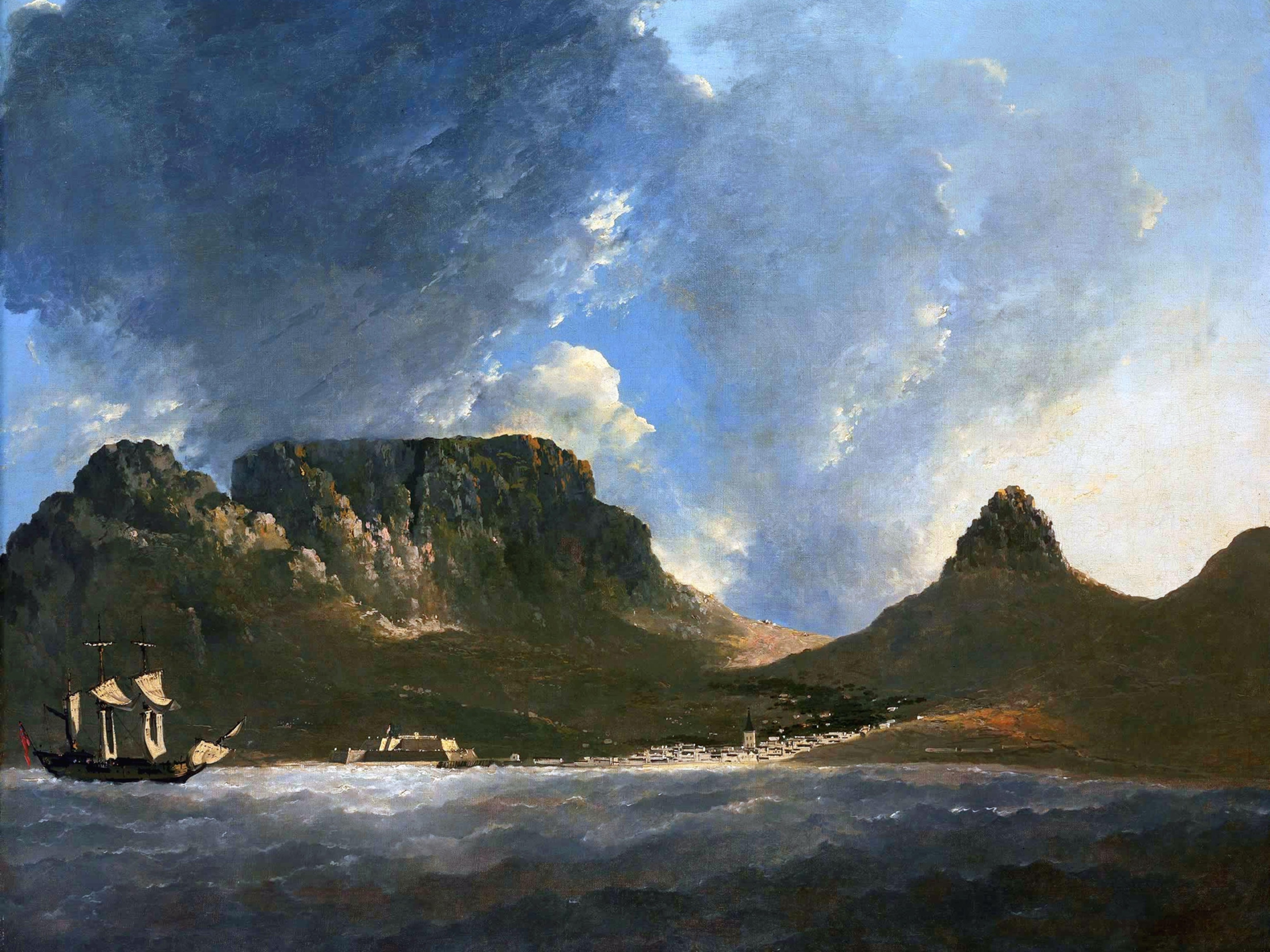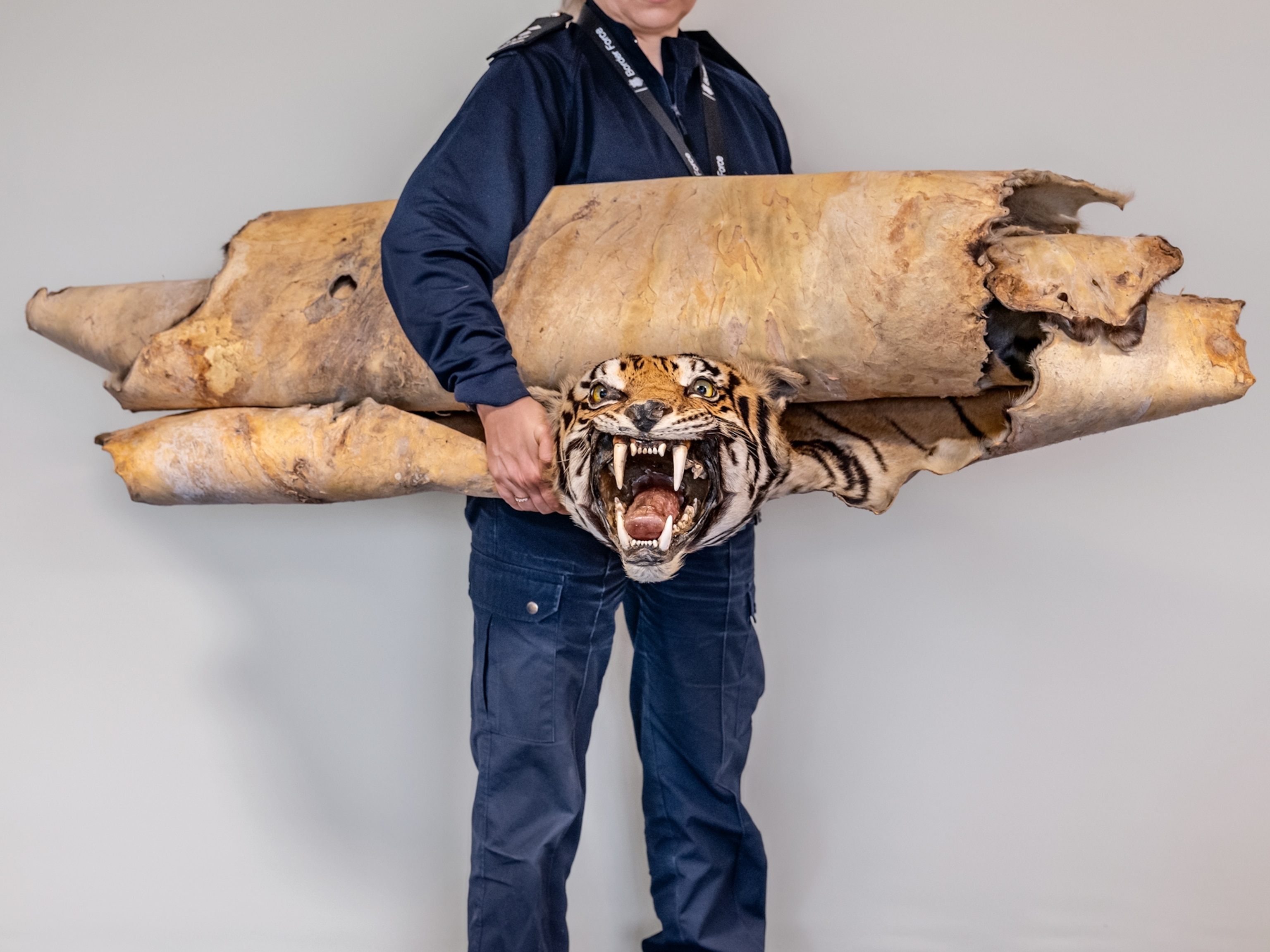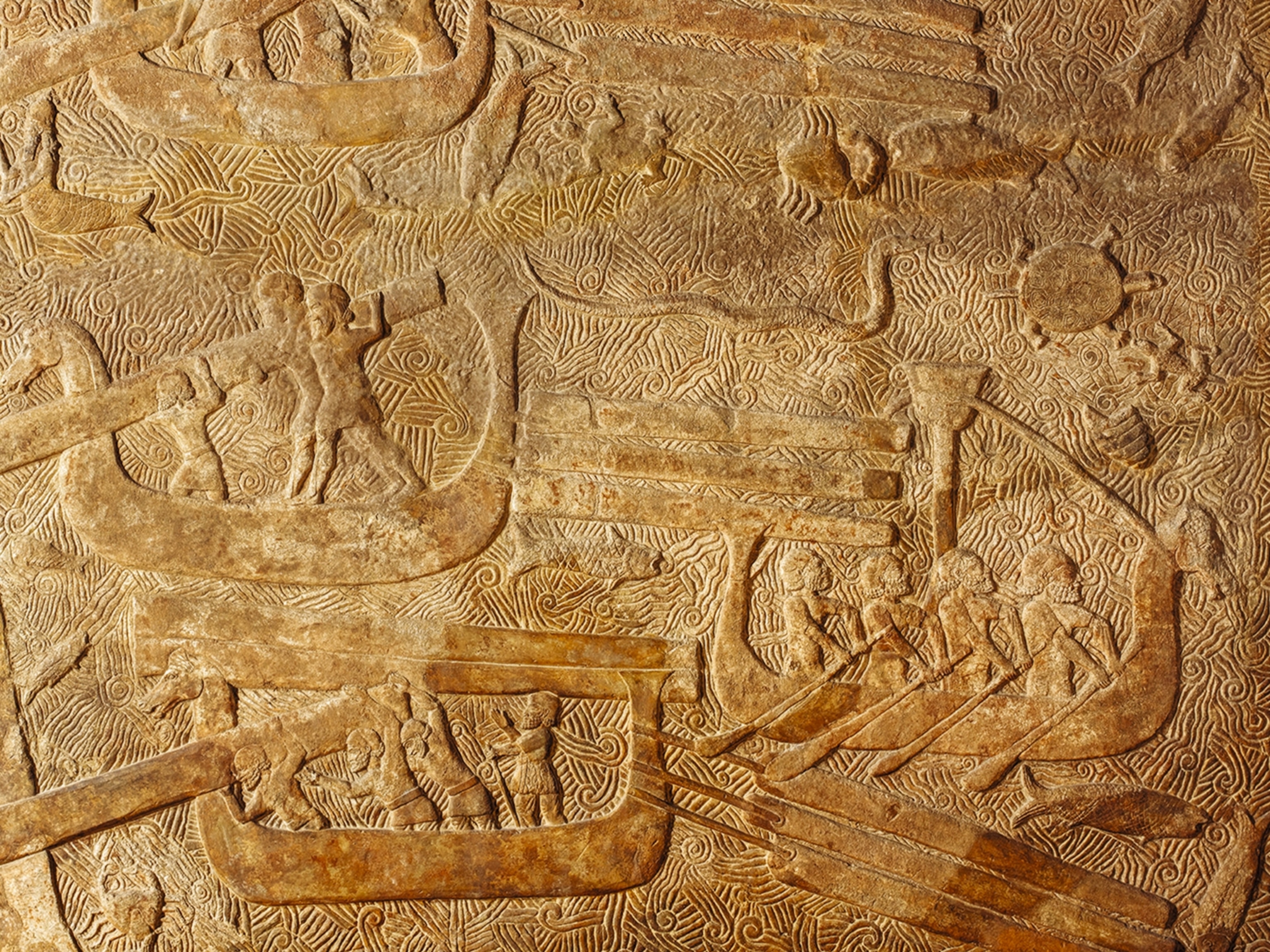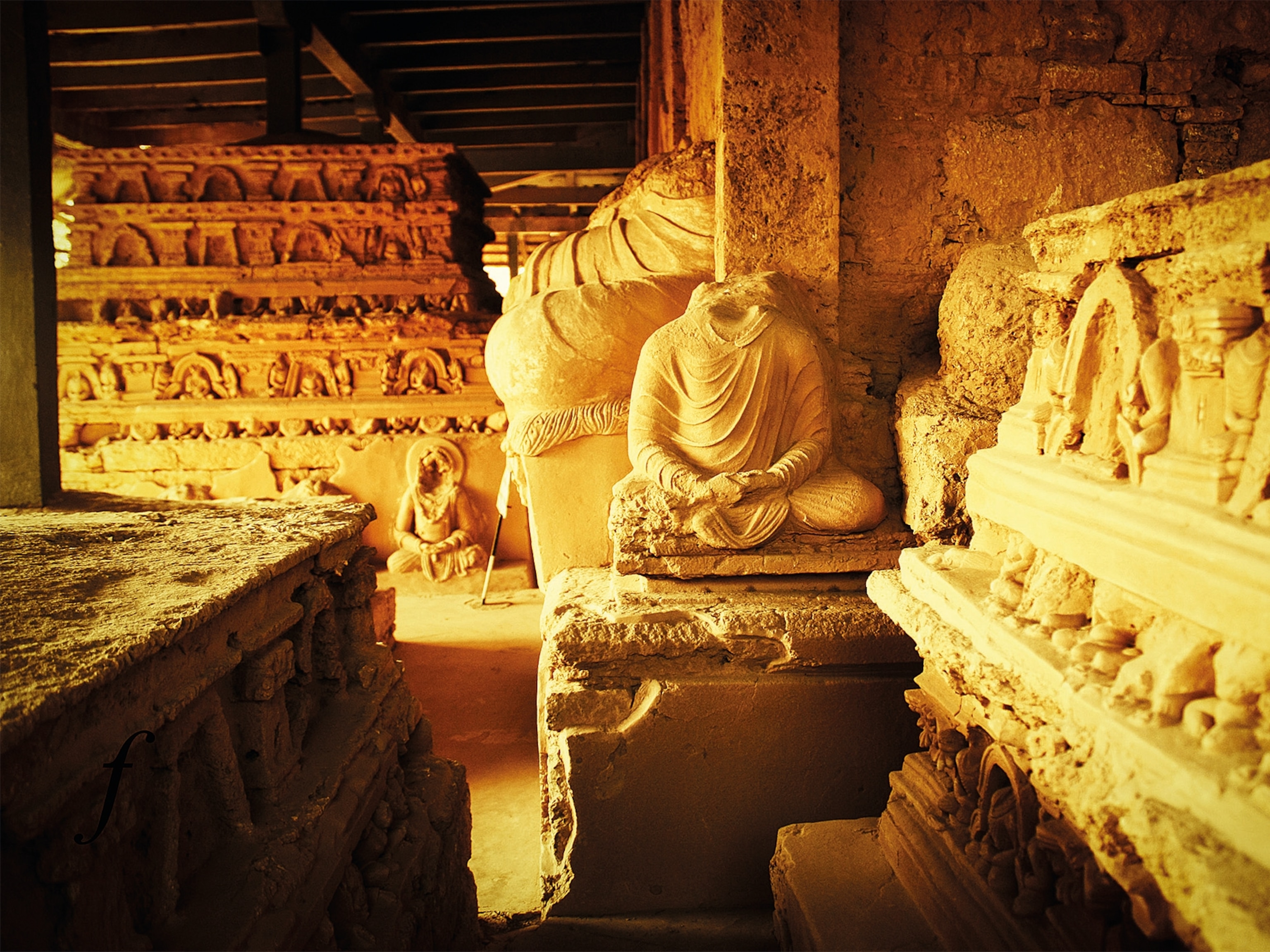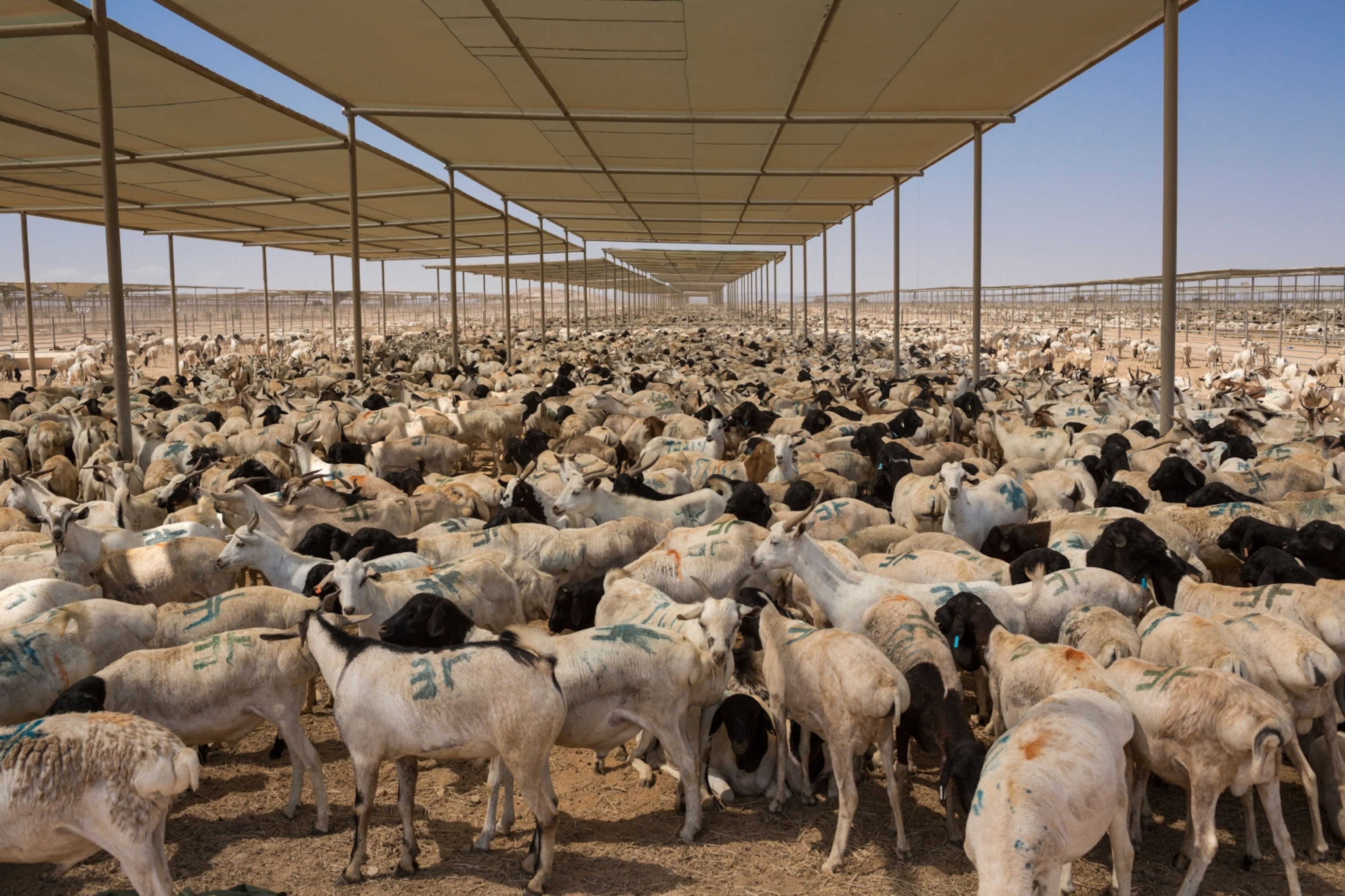
Robin Hammond: The Largest Trade “On The Hoof”
As part of a story for National Geographic about agriculture in Africa appearing in the July 2014 issue, photographer Robin Hammond made a stop in Somaliland to learn more about how the region exports 1.3 million sheep and goats during the annual Hajj. The answer: On very crowded and very smelly boats.
Somaliland is not recognized as an independent country by the UN, rather, as an autonomous region of Somalia. According to the World Bank, it has the fourth-lowest GDP in the world, and the majority of its people depend on livestock, either directly or indirectly, for their livelihood.
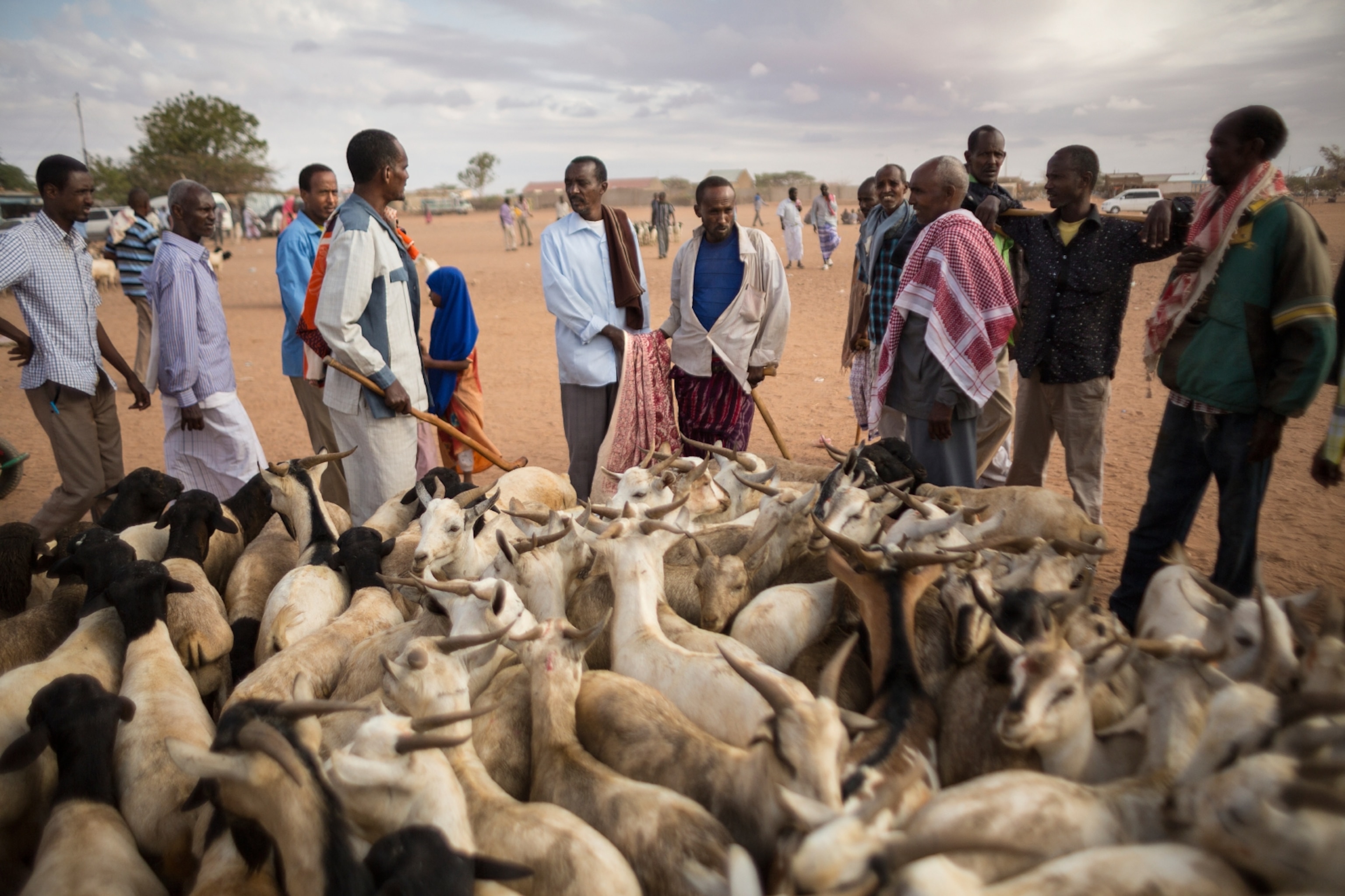
Hammond visited animal trading markets in the towns of Hargeisa and Burao, where livestock traders have carved out a unique niche for themselves. They sell their goats and sheep to brokers, who then sell them overseas to pilgrims headed to Mecca for the annual Hajj. While livestock—including cattle and camels—are exported year-round from Somaliland, the seasonal Hajj is the busiest time of year.
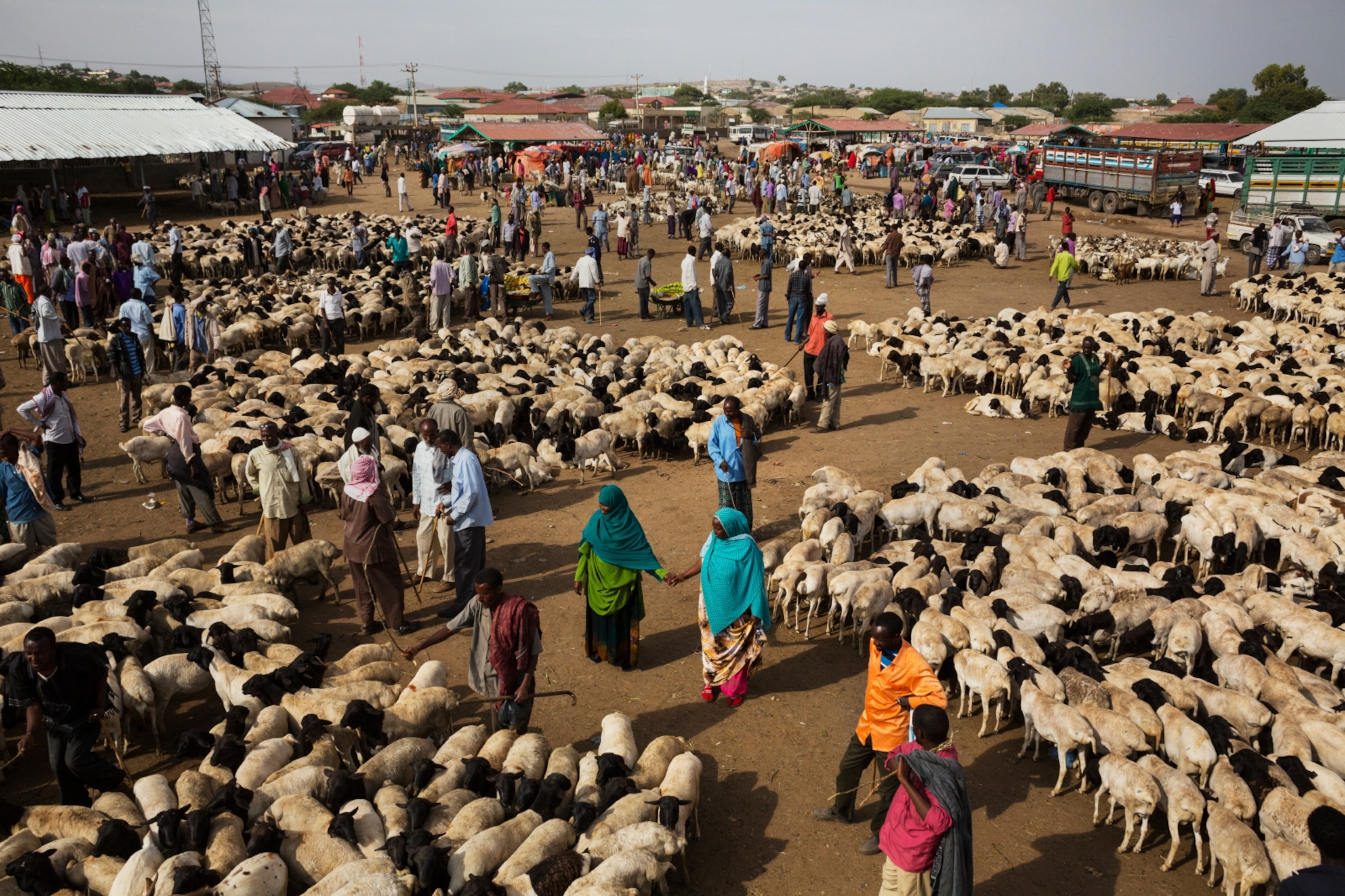
From the markets, brokers take the animals to the port city of Berbera, where more than 300,000 animals at a time are quarantined before being shipped overseas. There, the animals receive ear tags, are vaccinated for Rift Valley Fever, and are tested for Brucellosis—a bacterial disease. Animals that test positive are separated from the group.
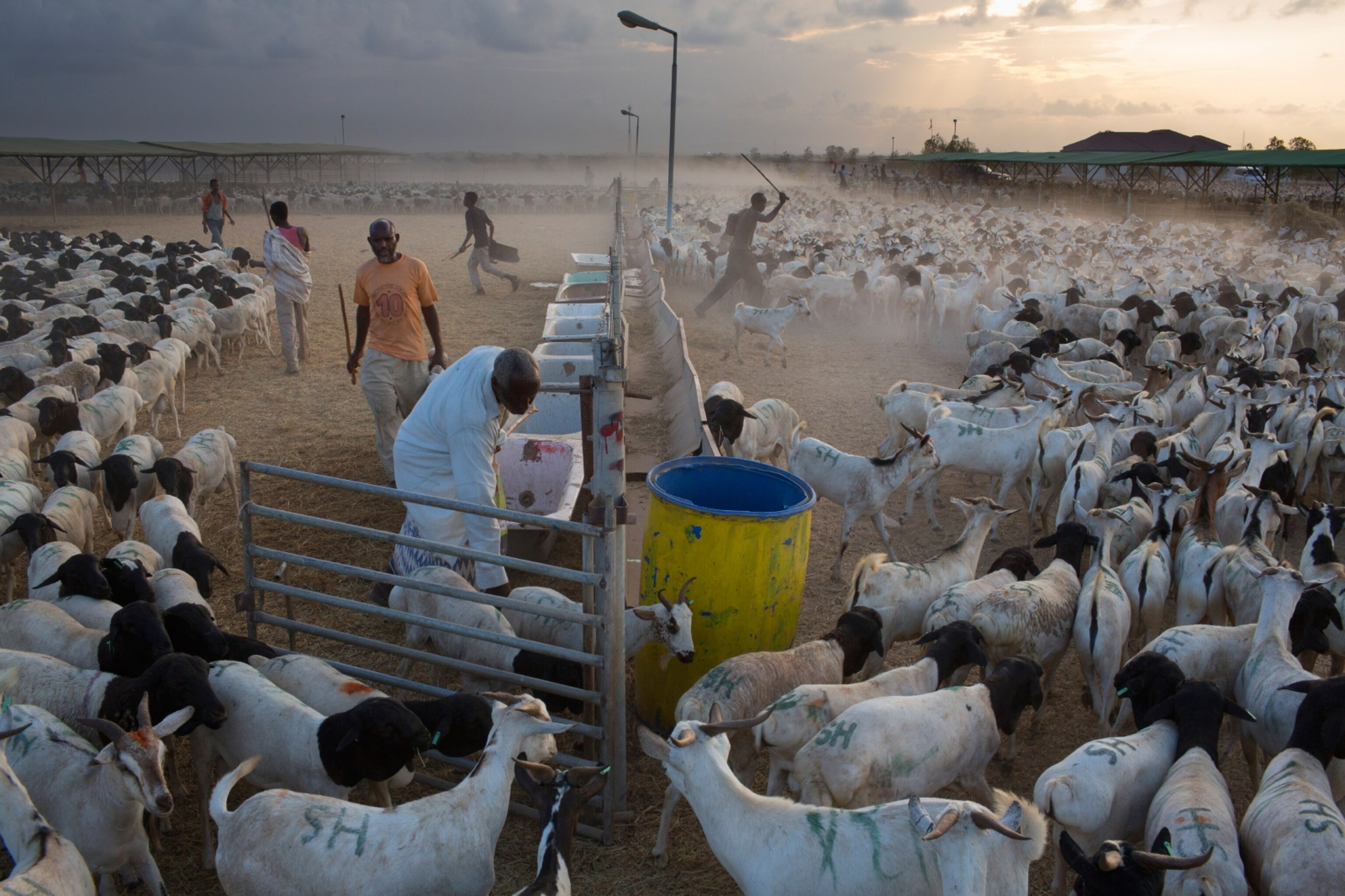
“It’s extremely hot, extremely dry and extremely dusty. You are hanging around hundreds of thousands of goats, so it’s really quite smelly,” says Hammond. “I walked with the animals as the sun was setting, and the dust was coming up. To some degree I was successful in capturing the scale of it, but the river of animals kept on going and going. People didn’t understand why I was taking so many pictures.”
The goats and sheep are fed and watered at the quarantine, then moved at night to prevent heat exhaustion towards the boats that take them to Saudi Arabia and surrounding countries. Only male animals are exported to protect Somaliland’s industry, and Hammond says the meat is prized by halal butchers for it’s quality.
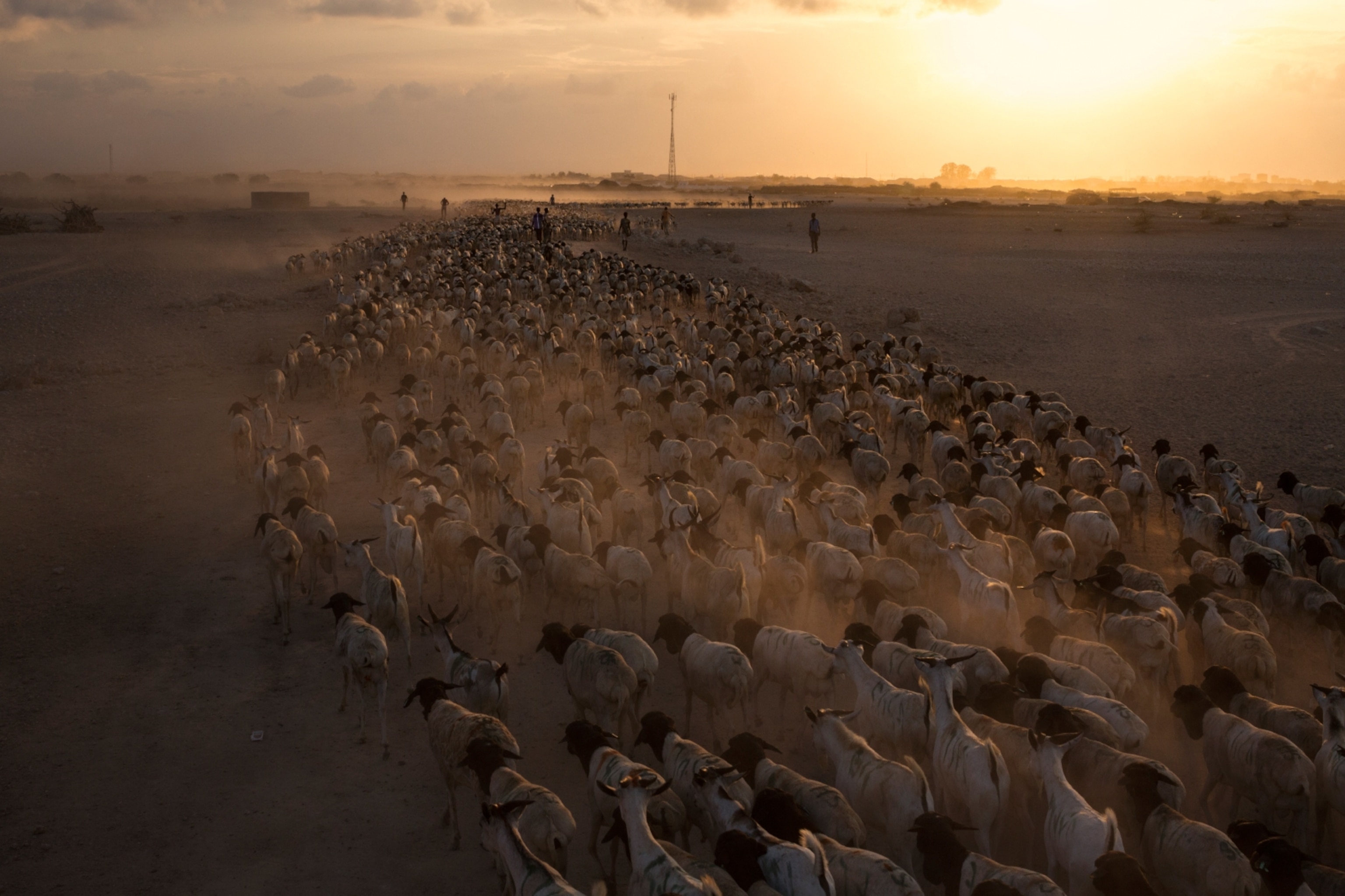
At the port, the animals are herded onto the boats, some of which can hold 85,000 animals.
“They take the animals in, they go into pens insides the ships, it’s dark, lit with bulbs, the ceiling is very low, you have to crouch as you walk through,” says Hammond. “The ships are designed to carry as many animals as they can—there are guys in there herding the sheep and pushing them into the far corners of the boat.”
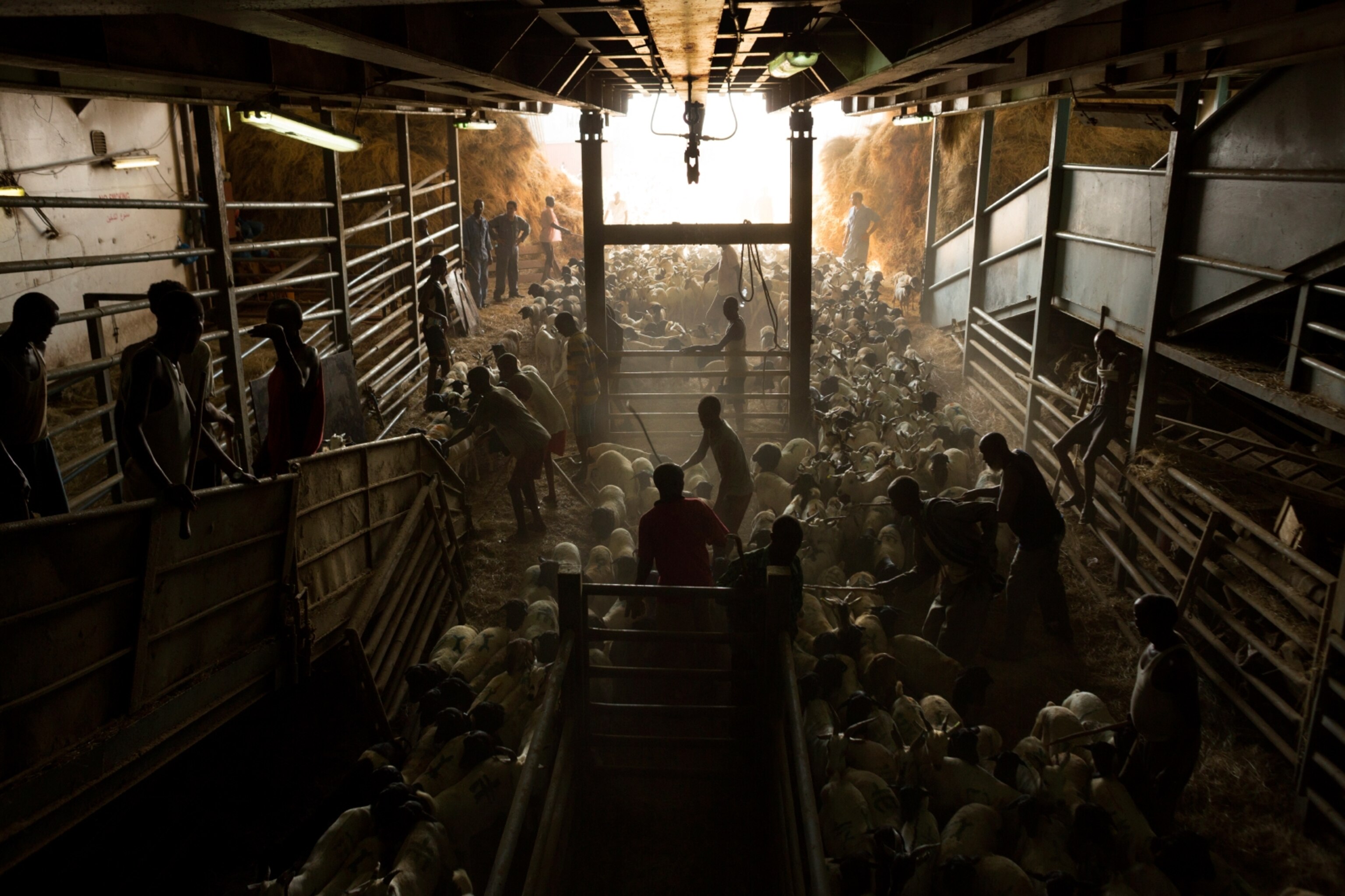
Hammond says the export of animals through Berbera and neighboring Bosasso and Djibouti represents the largest of movement of live animal trade “on the hoof” anywhere in the world.
Despite years of civil war and a population plagued by poverty, Hammond says the export of animals from Somaliland is one small success story for the economy of the region.
As for Hammond himself, he says after the assignment was over, “For two or three days I smelled like a goat.”
Robin Hammond has dedicated his career to documenting human rights and development issues around the world through long-term photographic projects.
He is the recipient of the W. Eugene Smith Fund for Humanistic Photography, a World Press Photo prize, the Pictures of the Year International World Understanding Award and four Amnesty International awards for Human Rights journalism. See more of his work on his website, including the project “Condemned—Mental Health in African Countries in Crisis.”
See more of Hammond’s pictures from the July 2014 feature “The Next Breadbasket.” This story is part of National Geographic‘s special eight-month “Future of Food” series.

